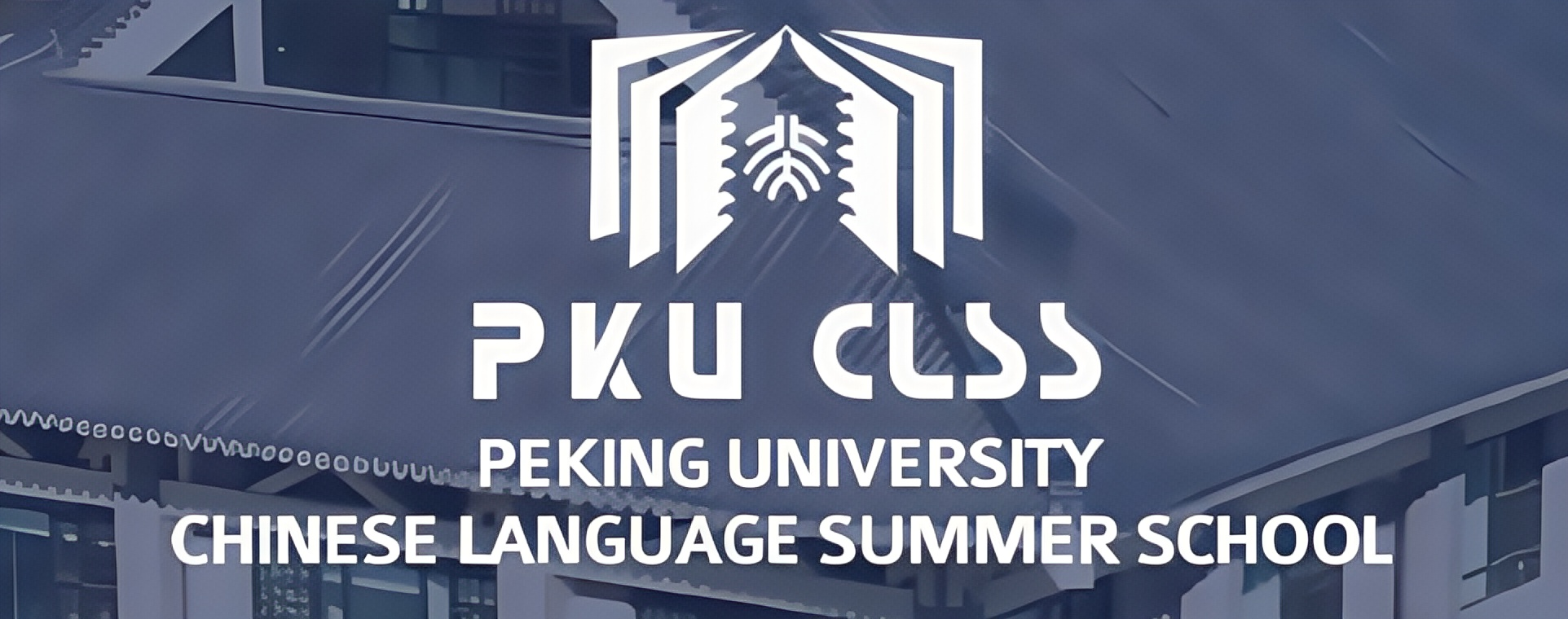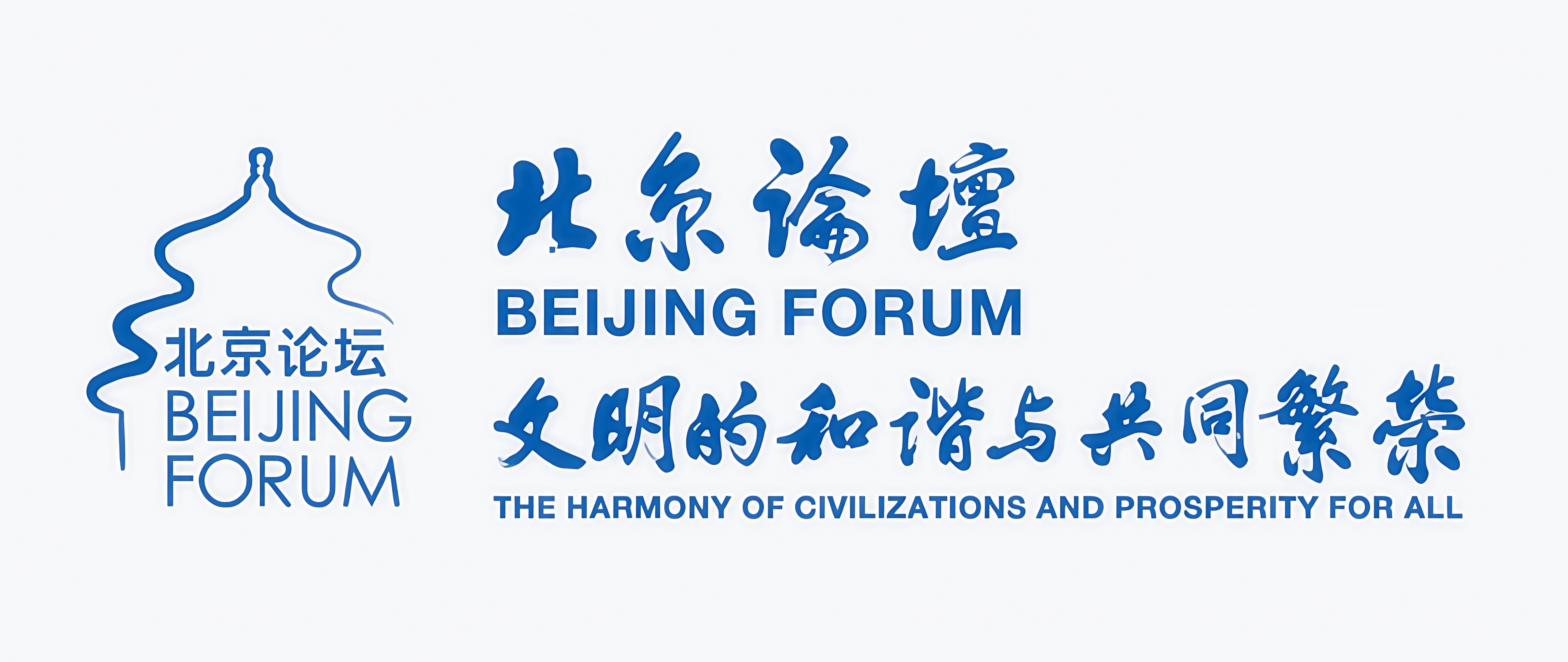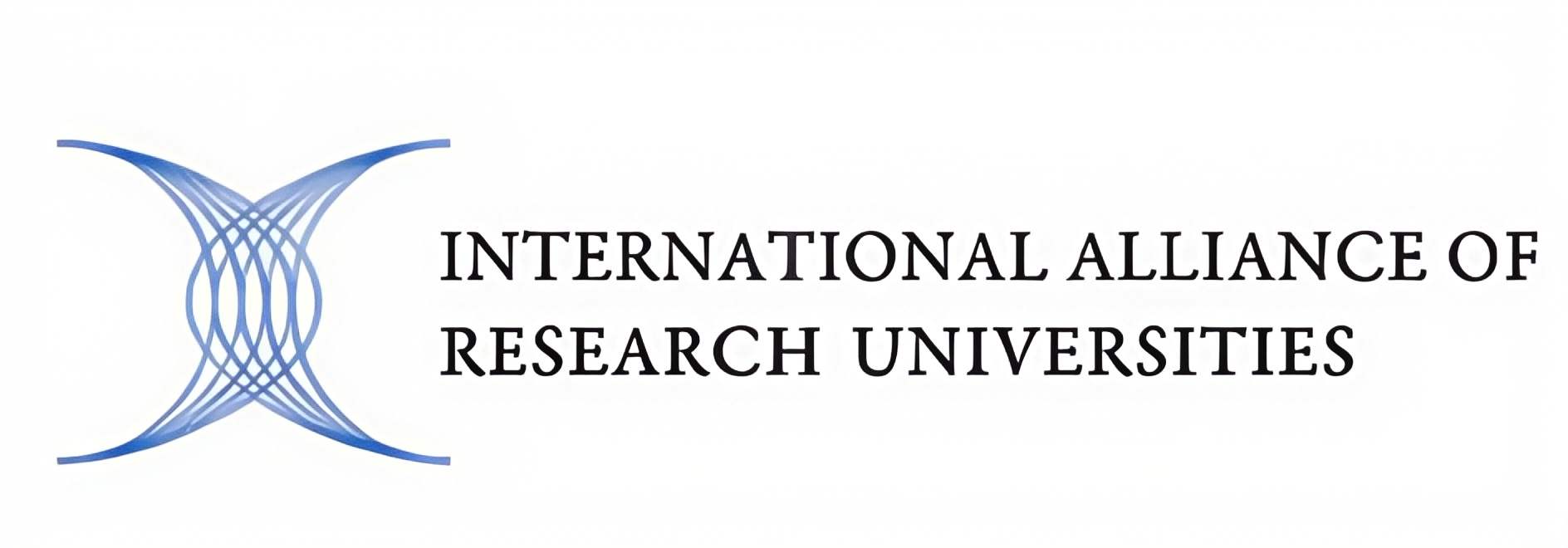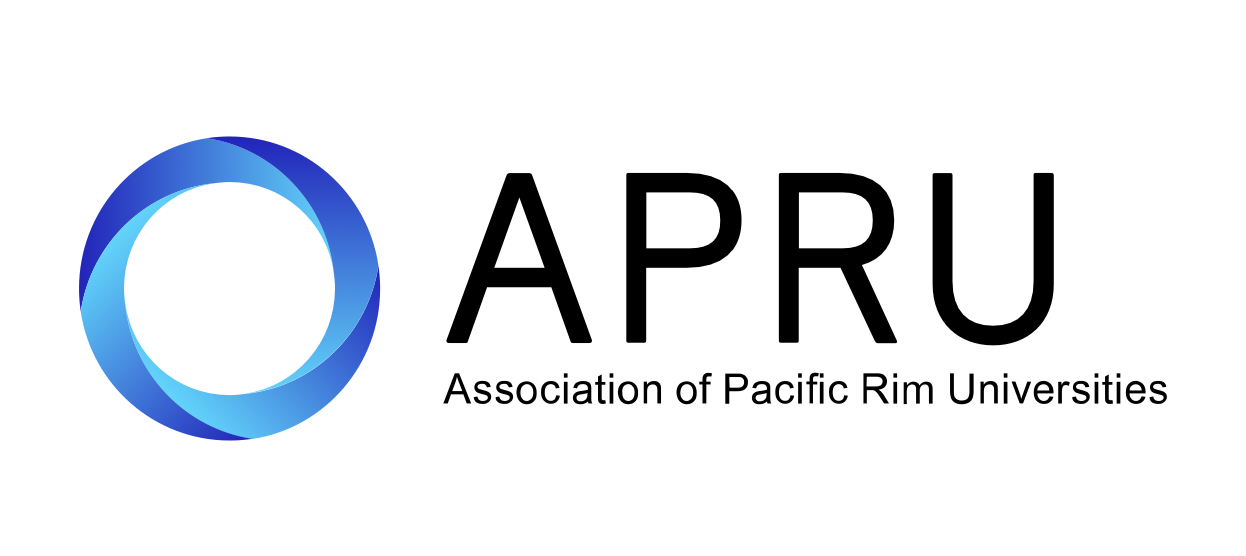

About Us
PKU History
Founded in 1898, Peking University was originally known as the Imperial University of Peking. Its establishment signified the complete collapse of the old feudal educational system that had lasted for several thousand years, and at the same time, the birth of a brand-new educational system that met the demands of development in a new age. Following China’s defeat in the First Sino Japanese War (1894-1895), initiatives were introduced to replace the outdated education system with a more modern one. In 1898, amid intensifying internal and external crises, Emperor Guangxu issued his first reform decree, declaring the establishment of the Imperial University of Peking. The University was China's first modern institution for higher education, and in its early days, it also served as the highest Administrative Office for Education.
On May 3, 1912, the government of the Republic of China ordered the Imperial University of Peking to be renamed Peking University, and the general superintendent to be renamed president. Yan Fu, a famous scholar, became the first president of Peking University. He overhauled the university curriculum in accordance with the modern academic system and the common practice of higher education around the world, while also opening new courses to introduce new ideas in the West. On May 4, an anti-imperialist political protest, also known as the May Fourth Movement, broke out. It grew out of initial demonstrations that had been led by students from Peking University. As its principal architects and supporters, Peking University students played a leading role in this revolutionary movement. The May Fourth Movement ensured that the University's students would not only play a huge role in China's development but would also become pioneers of progressive thought and patriotic sentiment.
After the nationwide restructuring of schools and departments in 1952, Peking University merged with Yenching University, becoming a comprehensive university focusing on the fundamental teaching and research of Humanities and Sciences. Peking University's international status is increasingly important as countries around the globe seek to realign their economies for a future driven by the principles of knowledge and innovation. Following the centennial celebration on May 4, 1998, Peking University, with tremendous support from the whole country, launched the goal of building a world-class university. On April 3, 2000, Peking University merged with Beijing Medical University. The combination further broadened the disciplinary structure and paved the way for the reform of medical education.
In recent years, Peking University has entered a new stage of development. It has made remarkable achievements in disciplinary development, student training, faculty building, and scientific research, which has laid a solid foundation for building Peking University into a world-class university. Like any institution, Peking University has gone through changes and reforms from its founding to the present day, yet it has remained a leader in Chinese higher education. Just as it was from its founding, Peking University continues to be a role model for the entire nation and set the standard of excellence in China.

- office directory
-
Division for General Affairs:
8610-62757453
-
Division for Exchange Programs:
8610-62753799 (Asian & African Affairs)
8610-62752055 (European Affairs)
8610-62756326 (American & Oceanian Affairs)
-
Division for Foreign Experts:
8610-62751520
-
Division for Passport & Visa Applications:
8610-62759005
-
Division for International Student Affairs:
8610-62751230
-
Division for Education Abroad Programs:
8610-62751244











